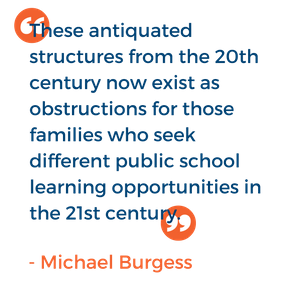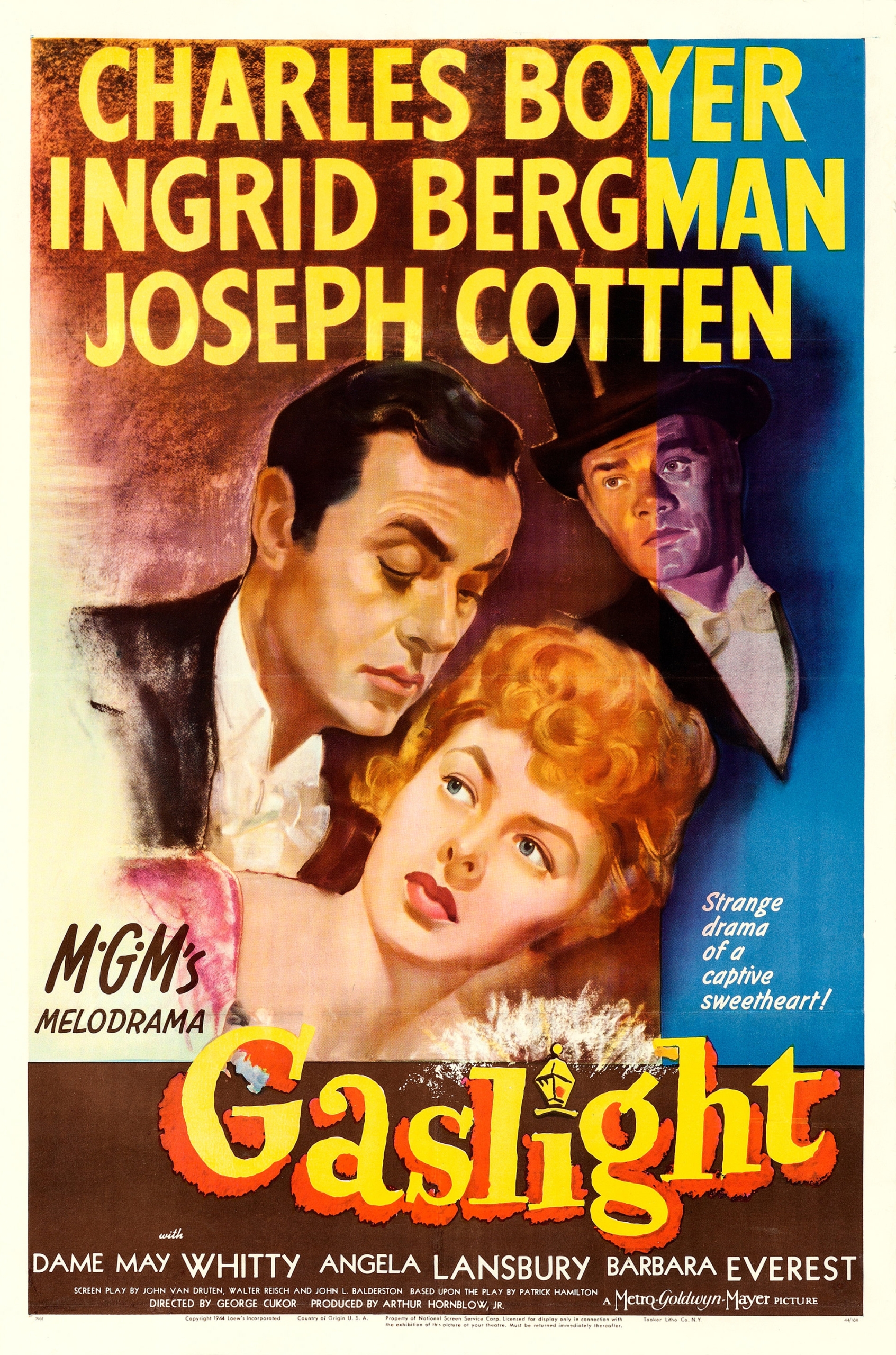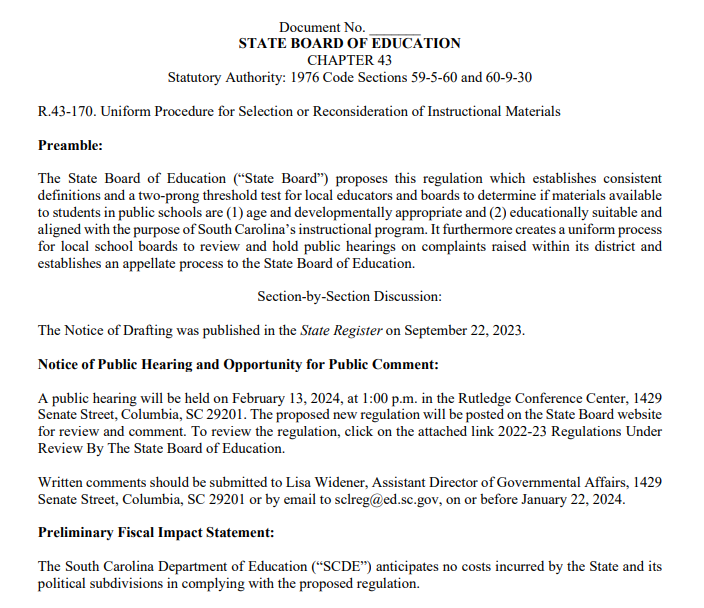Public School Choice Removes Limitations

Michael Burgess
“When you can’t make them see the light, make them feel the heat.”—Ronald Reagan
Choice is a fundamental element of our daily lives. Coke or Pepsi. Ford or Chevy. McDonald’s or Wendy’s. Every day, our lives are full of choices that we are allowed to make freely based on the course our lives and our family’s lives take. Everyday. Everywhere. There is choice…
Unless you have children in the traditional public school system in South Carolina.
To move our schools forward into 21st century learning communities, we in South Carolina must embrace robust public school choice.
Today, families are limited in their educational opportunities by over 80 autonomous public school districts that determine school attendance by a zip code. These districts have created attendance barriers that serve as impenetrable walls that cannot be breached from within or without.
Any parent, who in the name of creating the best learning opportunity for their children, who attempts to have their children cross over these assigned barriers to find a more suitable learning opportunity, will find an iron curtain stronger than The Great Wall of China waiting to block their path.
In a democracy, the ability to make choices to fully enjoy the blessings of liberty is a fundamental building block of our republic. In the global economy of the 21st century, a quality education is essential to the pursuit of happiness. With that said, there should be nothing sacrosanct, divine, or permanent about public school district attendance lines.
Yes, attendance lines serve to provide direction and organization for our schools and school districts. Yes, we need the existence of defined school districts to support the facilitation of our schools. However, these antiquated structures from the 20th century now exist as obstructions for those families who seek different public school learning opportunities in the 21st century.

More public school choice can exist in South Carolina. We can create a system much like the one that the state of Nebraska has successfully implemented. In Nebraska, there are “zones of choice” of contiguous districts centered on the major cities of that state. For example, in applying this idea to South Carolina, we would join the districts in and around cities like Aiken, Charleston, Columbia, Florence, Greenville, Myrtle Beach, and Rock Hill to form zones of choice.
To do this effectively, a board or joint committee would be necessary to help coordinate the interactions between the connected school districts. Moreover, each district would retain its autonomy and current independent organizational structure while collectively working to increase educational opportunities for our children.
Once the zones of choice are created, there would be two different types of allowable choice: “Open” and “Optional” enrollment.
“Open” enrollment would allow a student who adds economic diversity to a school, in any district, within a zone of choice, to apply for enrollment at a school meeting the criteria.
If the selected school has choice slots available, the student would be accepted for enrollment. The involved school districts would provide for this student’s transportation via a tax credit or other acceptable means, and state money allocated to the student would follow them to their selected school.
“Optional” enrollment would be available for students who may not add economic diversity to the school of choice, but still have an interest in attending. If this school has space available after the “open” enrollment selections are made, then these families would be enrolled, or if there were more applicants than spaces available, a lottery would be held to determine enrollment.
Once accepted to the selected school, the state money allocated would follow that student, and the parents would be responsible for transportation to the choice school.
We can do better in public education for the children of South Carolina. Part of true educational reform has to be the implementation of public school choice designed to open up greater opportunities for learning that meets the need of the child NOT the need for easier logistics by the planners and organizers within the current structure.
To bring this to fruition, the people of this state must demand change for choice now. Only with the voice of the people in their ears and the pressure of the ballot box in their vision will decision makers in government begin to move toward real educational reforms like complete public school choice.




